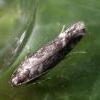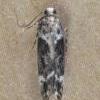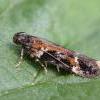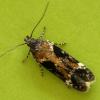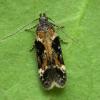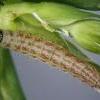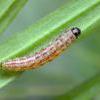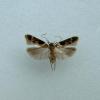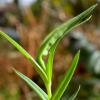35.137 Caryocolum tricolorella (Haworth, 1812)
Status and Distribution
Local over much of England and Wales, occasionally locally common. Unrecorded in Scotland until 2019 when confirmed from the central Highlands (in VC96) at Inshriach with small numbers recorded over four nights in late July. Rare in Ireland and absent from the Isle of Man and the Channel Islands.
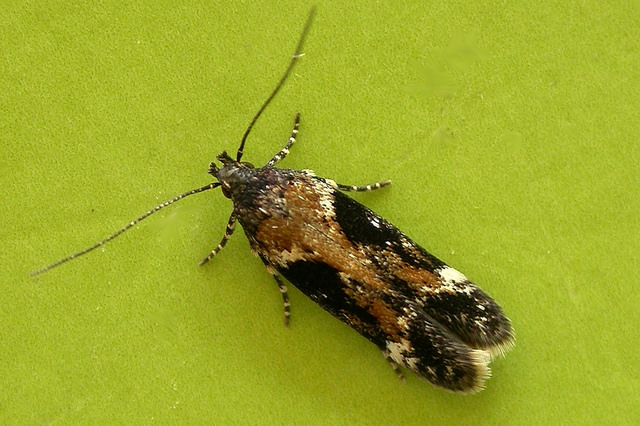
Provisional map
Foodplant and Larval Feeding Signs
Stellaria holostea (greater stitchwort), see plant distribution map.
In Europe also recorded on Stellaria alsine = uliginosa (bog stitchwort) and Cerastium arvense (field mouse-ear).
Starts with a gallery-like leaf mine (see http://www.leafmines.co.uk/html/Lepidoptera/C.tricolorella.htm), later inside buds or spinning shoots together.
Habitat
Deciduous woodland edges, open woodland, hedgerows and sheltered, shaded banks.
In Europe said to have a particular association with oak woodland.
Finding the Moth
Larva: initially makes gallery-like mines in the leaves during the winter (December and January) later feeding in the buds or spun terminal shoots well into May in some years. Can be common when searched for as a larva in the right habitat.
Adult: attracted to light and to sugar.
Similar Species
Its larger size and the large rounded triangular black block on the costa of the forewings, contrasting with the light orange-brown base and dorsum make this one of the more readily identifiable members of this genus. Scrobipalpa costella does have a similarly shaped marking on the forewing but lacks the orange ochreous dorsal area.
Single brooded from mid-/late July to early September.
Earliest: 3rd June 1996 (VC67) which is exceptionally early.
Latest: 13th September 1991 (VC66)

